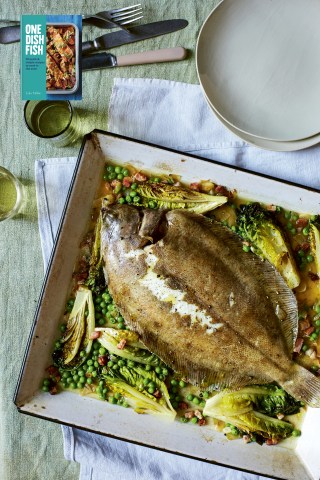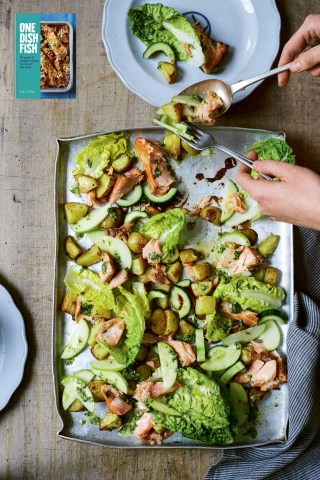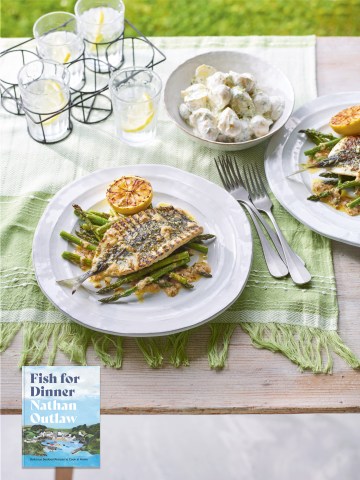Top 5: Varieties of Carrots

Variety Guide
Just like the chocolates in those big tins you buy at Christmas, the flavour of carrots is conveniently linked to their colour. Here’s my guide to what’s inside the wrapper.
Purple
Sceptical about new-fangled coloured varieties? Then you will love purple carrots, which actually predate the ‘proper’ orange varieties by centuries. They are also sweeter, contain fewer bitter chemicals and come packed with up to twice the nutritious carotene and a hefty dose of anthocyanins. Not a bad trade-off, in my opinion. They are incredible roasted, grated in salads or stir-fried. Do not boil them, though, as these purple pigments are water-soluble, meaning much of the colour and nutritional value will leach out if cooked this way. I prefer to sidestep the commonly available ‘Purple Haze’ (which is actually just plain orange at its core) and go for the almost black ‘Purple Sun’, which is linked with maroon through and through, getting increasingly dark as the carrot matures. Hunt out seeds online and thank me come harvest time.
White
White carrots came out the top of blindfold taste trials in Journal of Agricultural and Food Chemistry and were demonstrated to contain the highest amounts of aromatic flavour chemicals of all varieties. I love ‘Crème de Lite’ for its almost artificial, flavour-intense carrotiness, with a slightly spicy aftertaste and skins so thin you don’t have to peel them. Sadly, what they have in flavour they lack in nutrition, containing virtually no carotene or anthocyanins. But with flavour this good, who cares?
Red
Red carrots have traditionally been the dominant form of this root vegetable found in East Asia. They combine watermelon-red skin and rosy pink flesh and have a similar flavour to that of the classic orange carrots, but their larger cores (the sweetest part of most carrots) gives them a more sugary flavour. I’d go for the Japanese-bred variety ‘Red Samurai’, whose red hue comes from lycopene, the antioxidant found in tomatoes.
Orange
These are paradoxically the most recent of all carrot colours. After appearing only in the 17th century as a random mutation in the Netherlands, carrots were enthusiastically promoted for their colour, which is symbolic of the Dutch Royal House of Orange. They are pleasantly sweet, but can have a stronger, more earthy flavour than other varieties. Within this familiar group there is a surprising diversity of flavour. Arguably the best is ‘Nantes 2’, an early variety from France with a rich, almost caramel-like flavour to match its coreless, tender texture. Research suggests that cultivars specifically bred for their high carotene levels are generally ranked more highly in taste tests, almost on a par with white carrots. ‘Ingot’, for example, to me tastes almost radioactively sugary, while ‘Juwarot’ is said to have double the carotene of any other orange type.
Yellow
These forms generally have the lowest concentrations of aroma chemicals which, combined with a high sugar content, gives them a mild, sweet flavour. They are a
great option for people who don’t like the intense, diesel-like taste that stronger carrots can have. If I had to pick one it would be ‘Yellowstone’.
Extract taken from RHS Grow For Flavour by James Wong, available here






